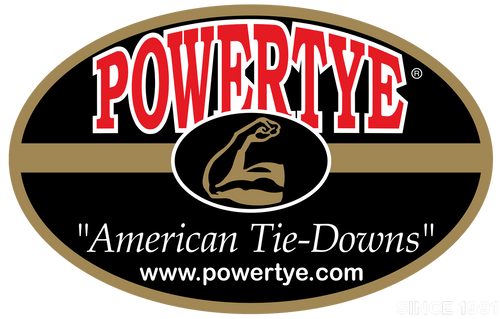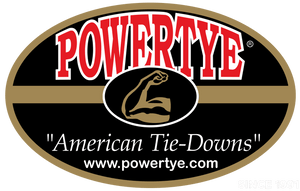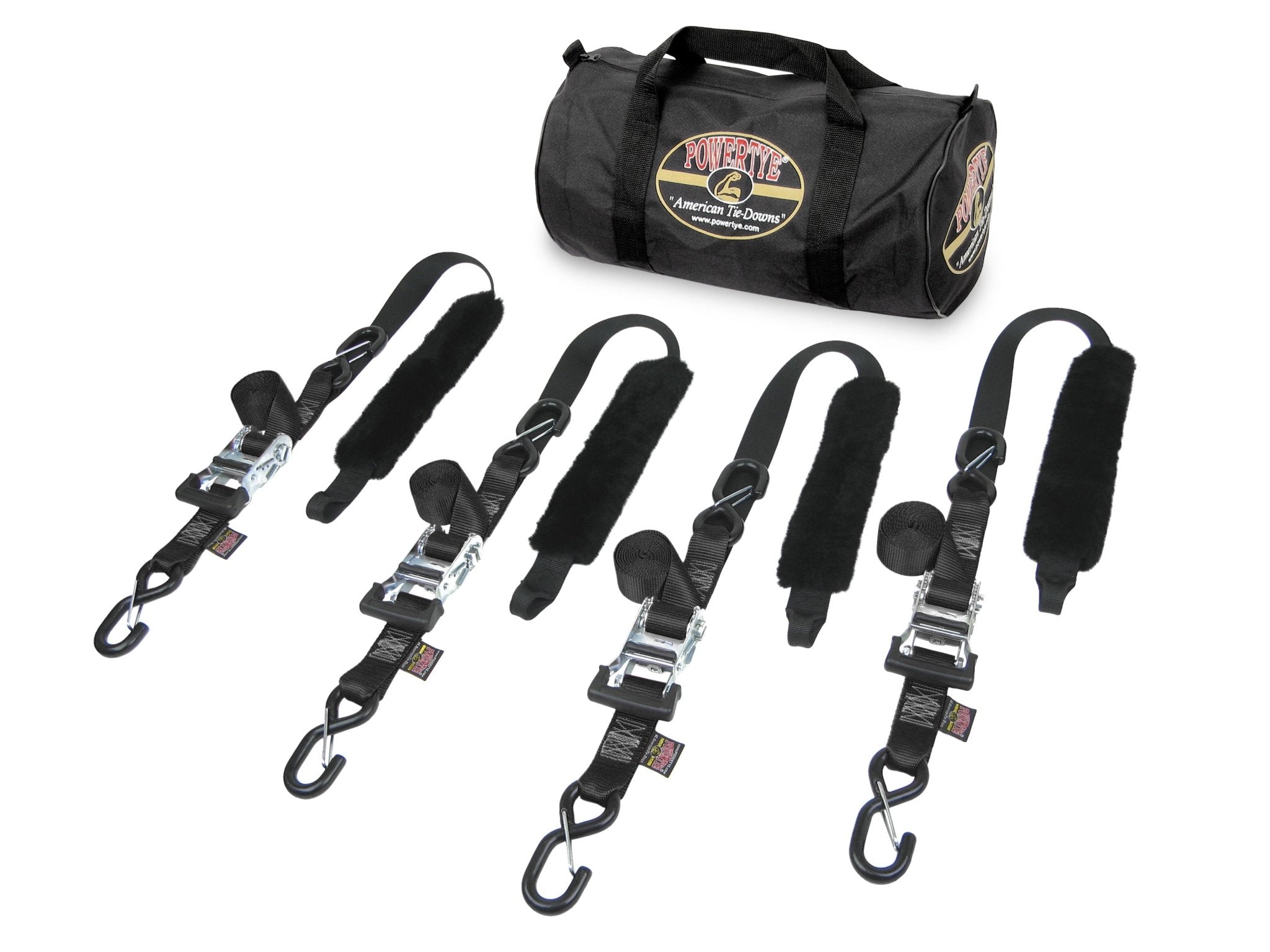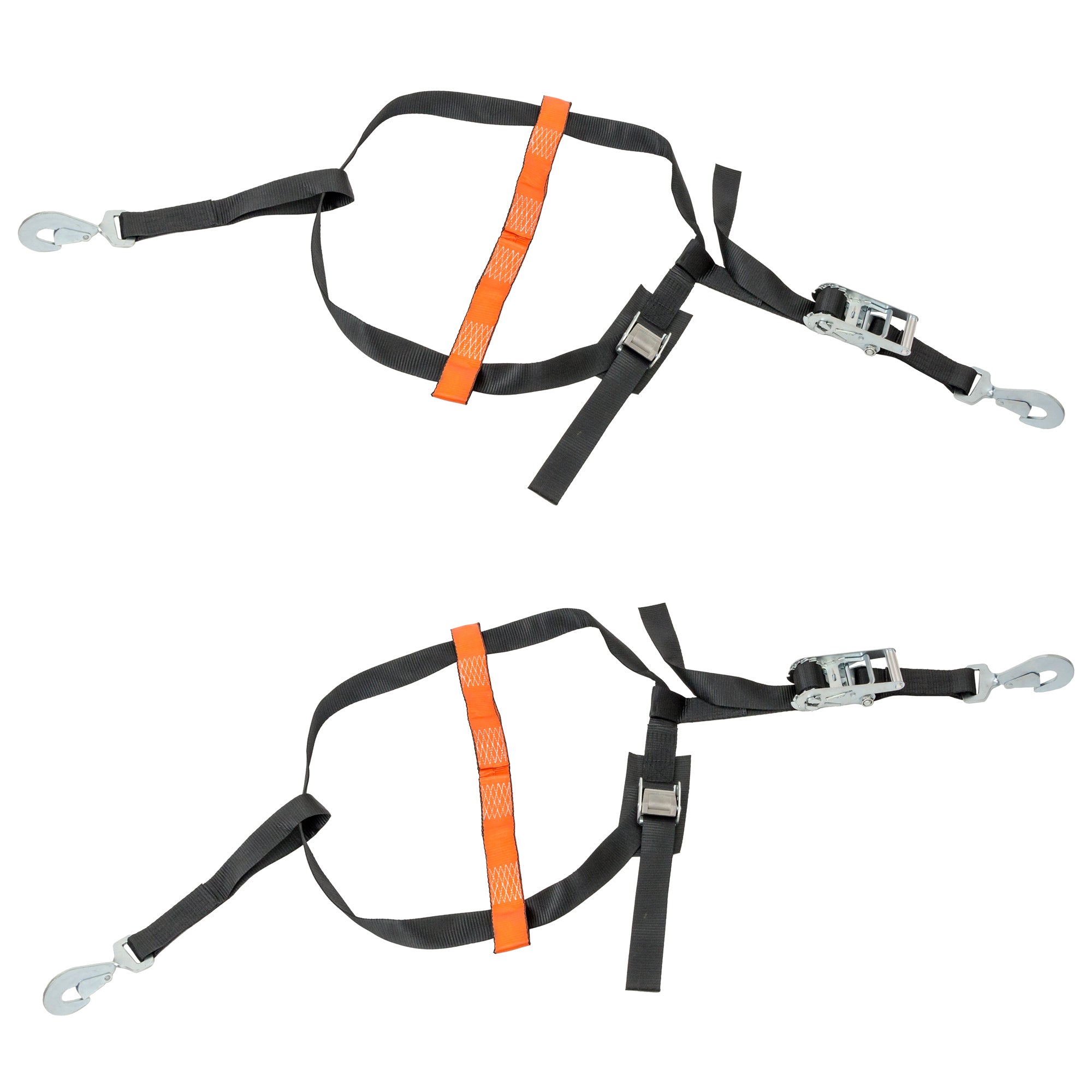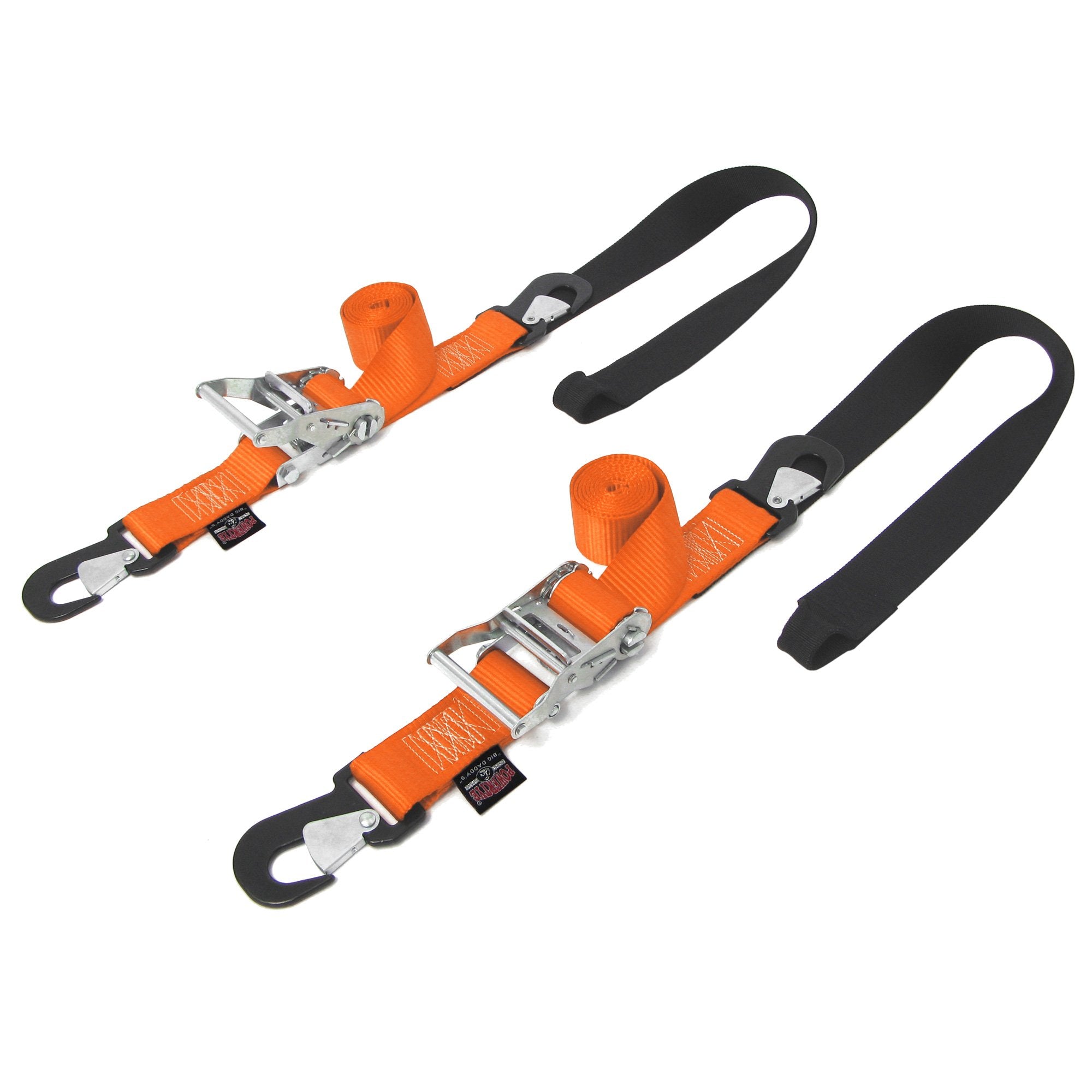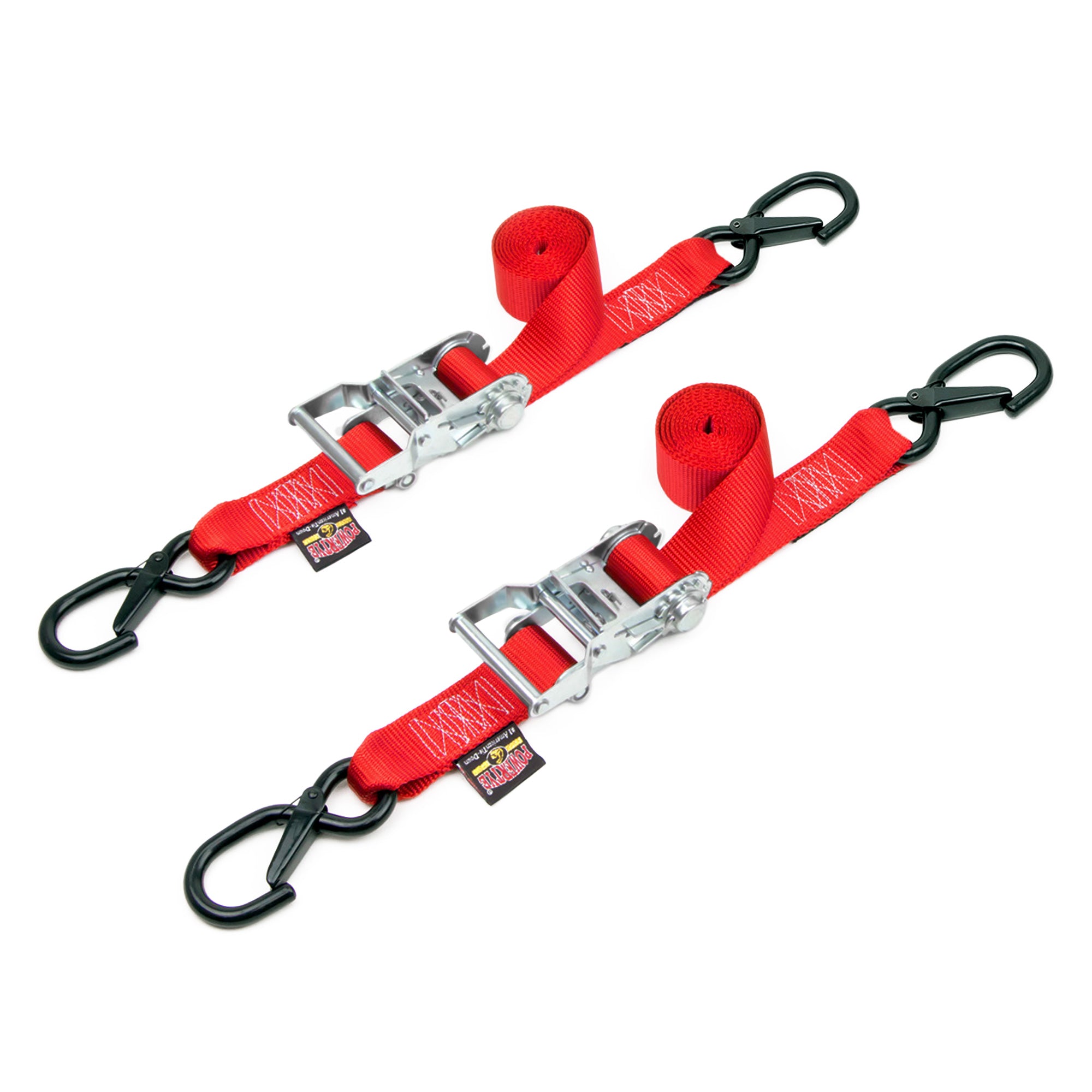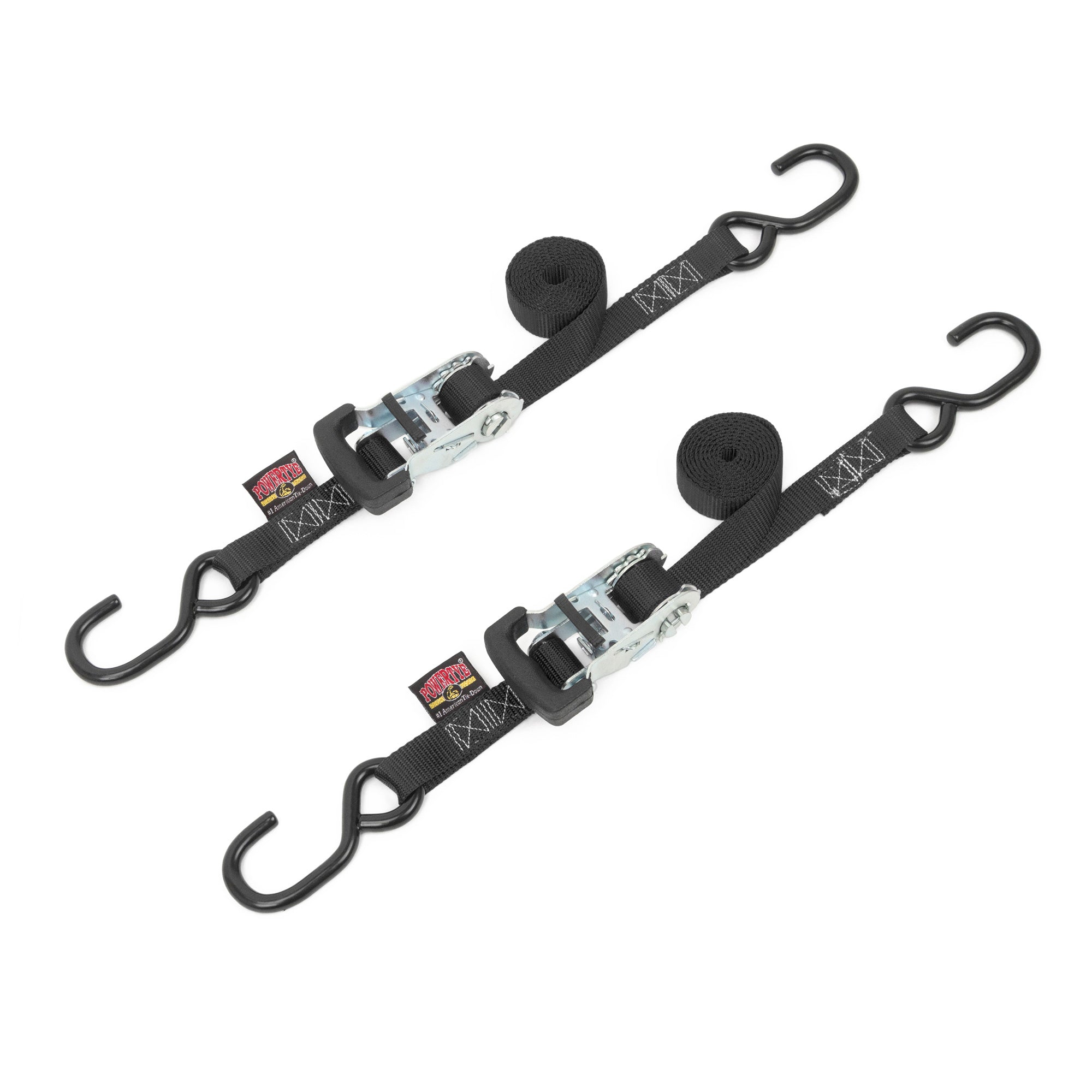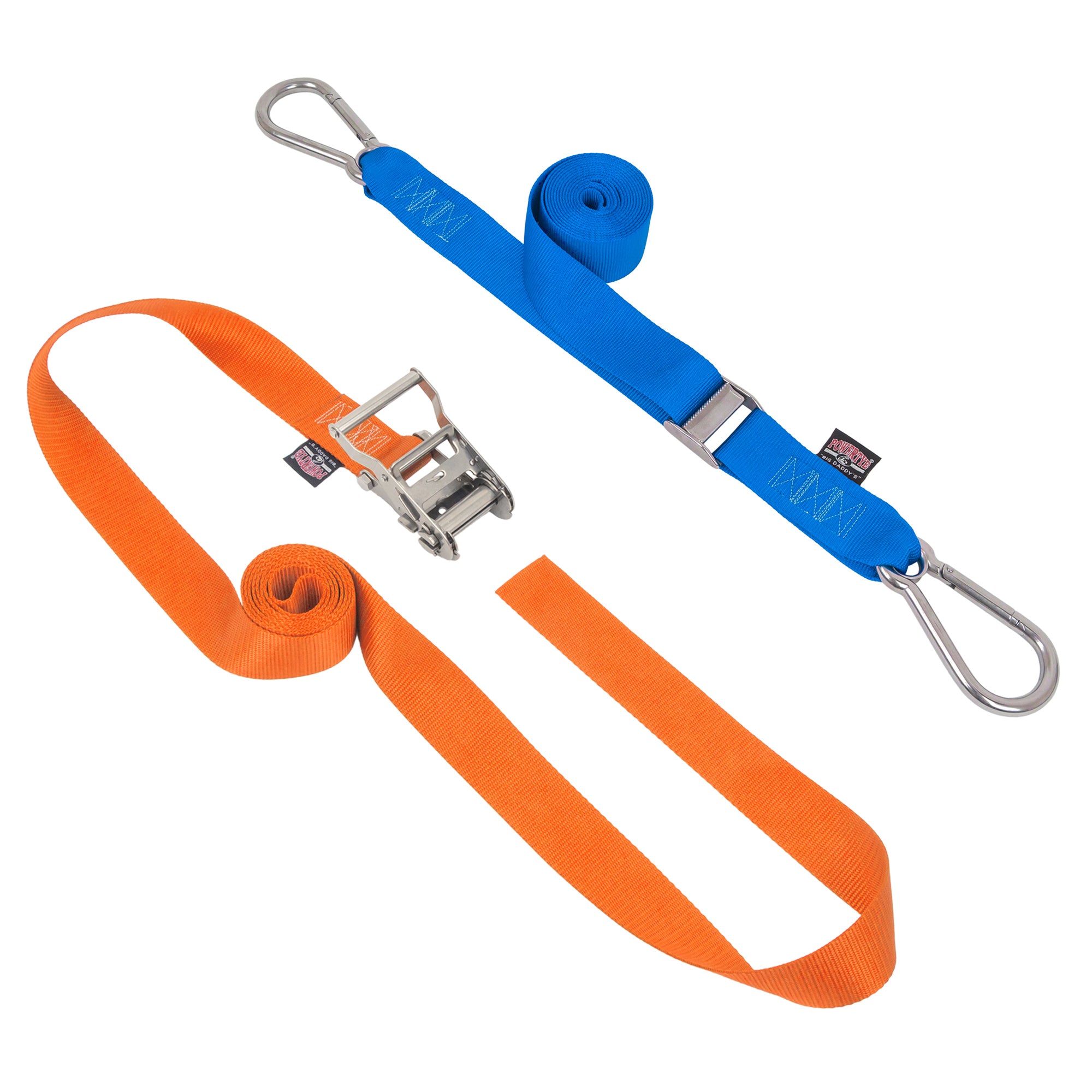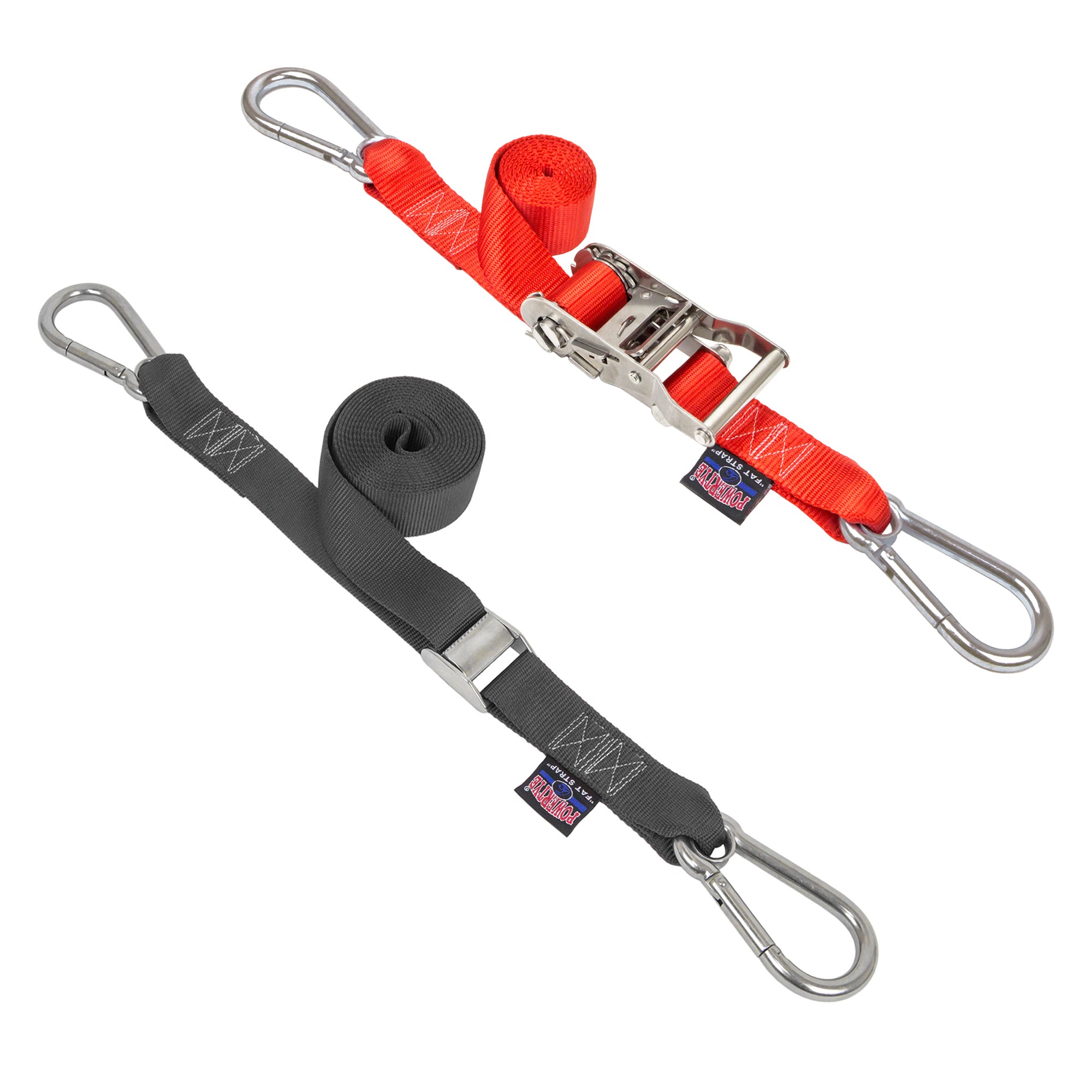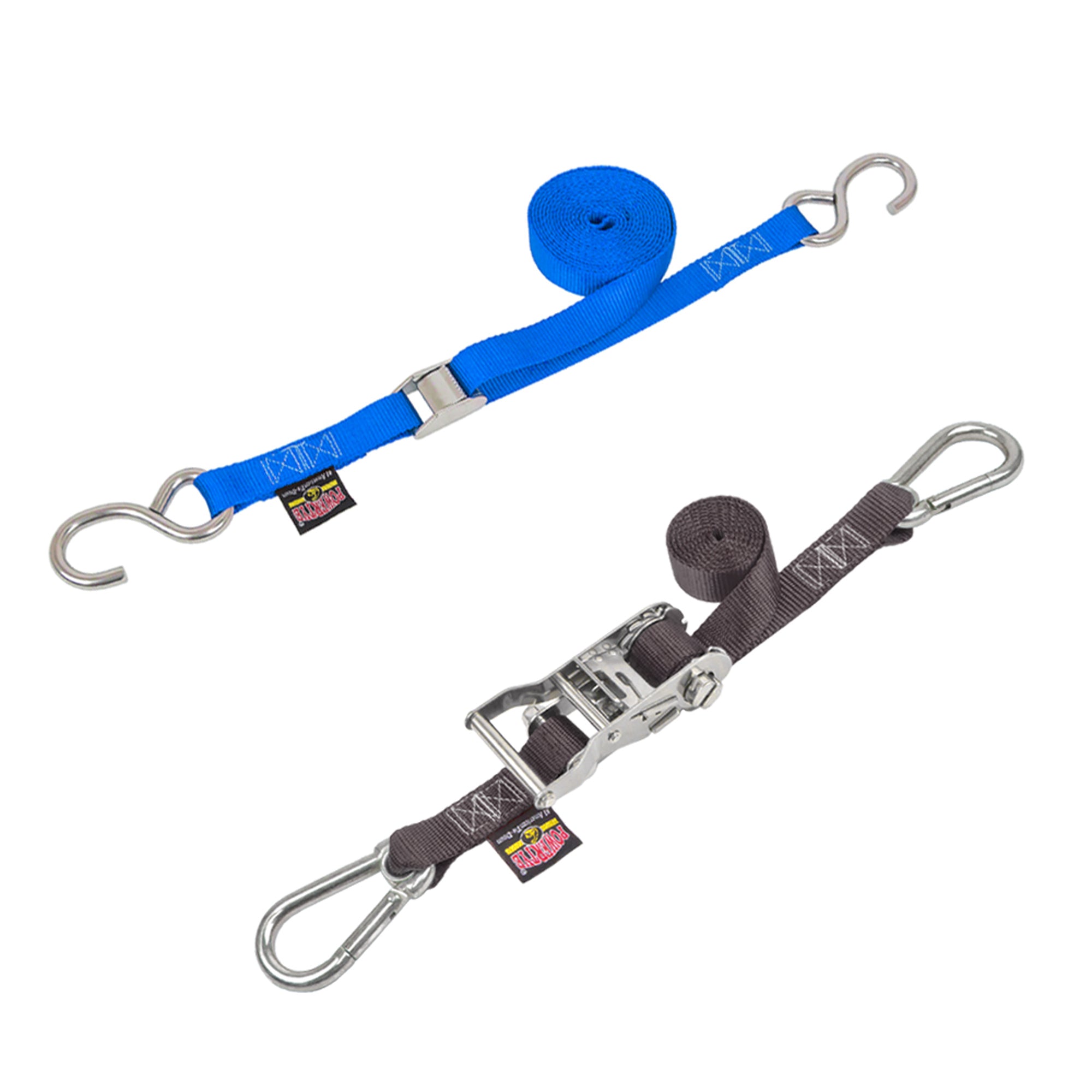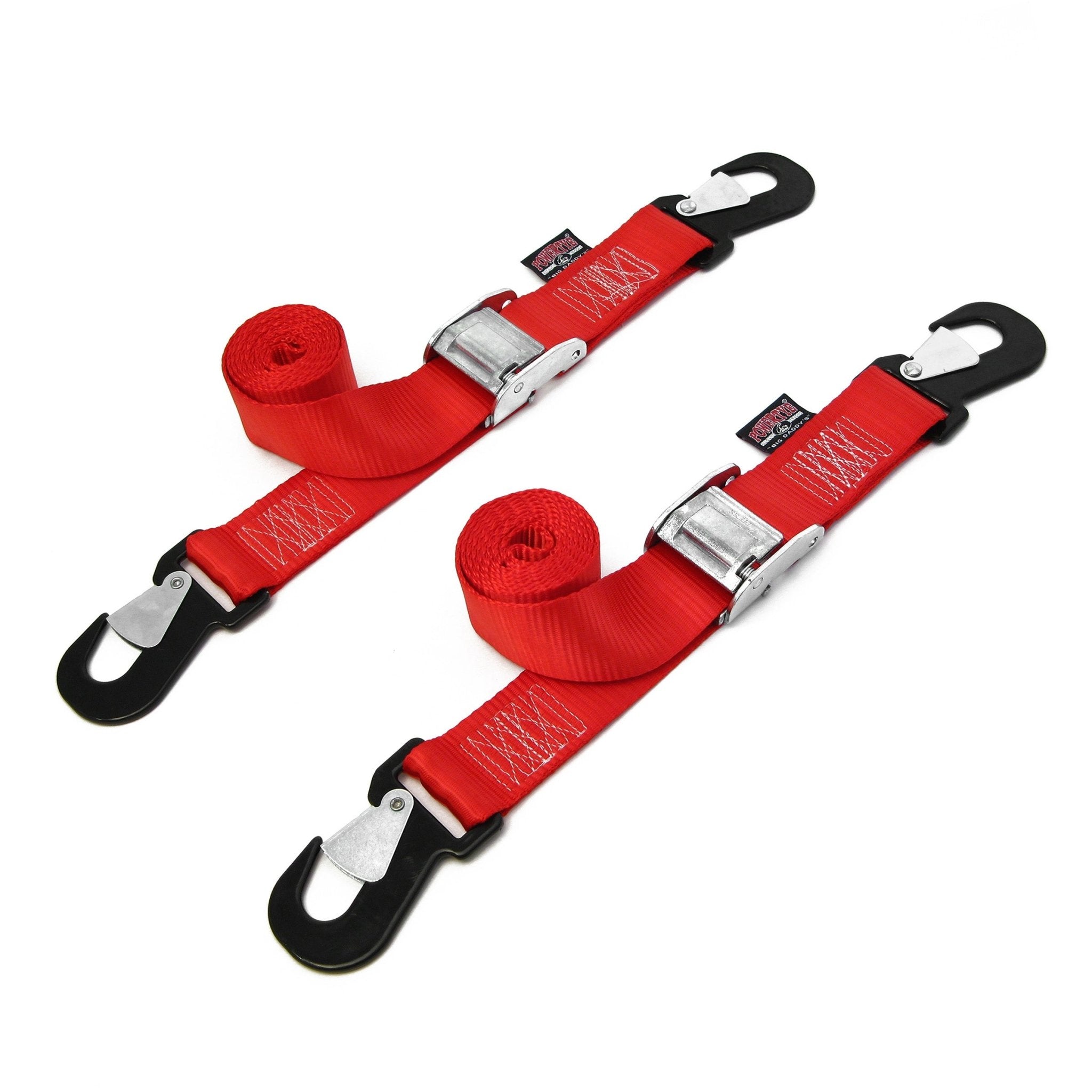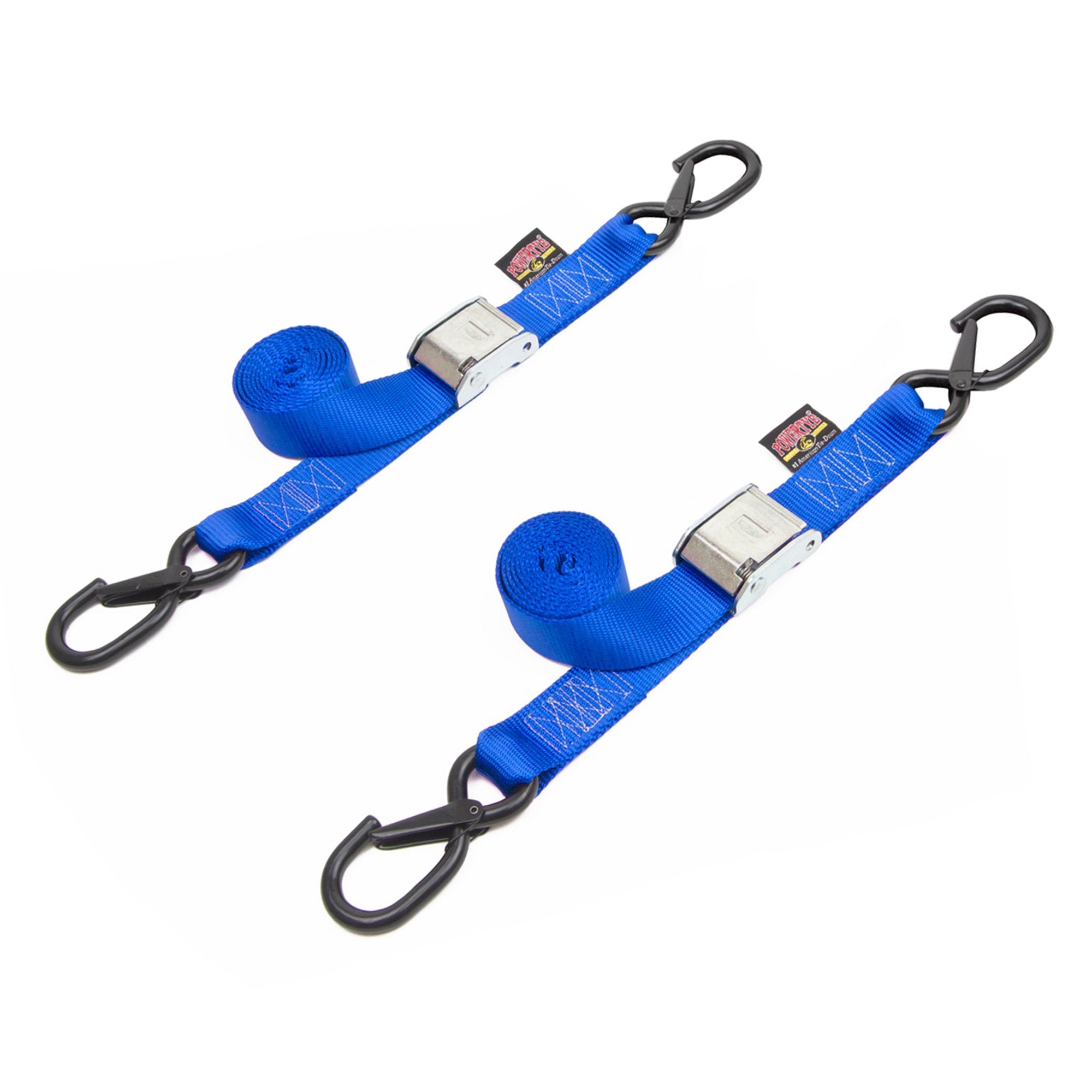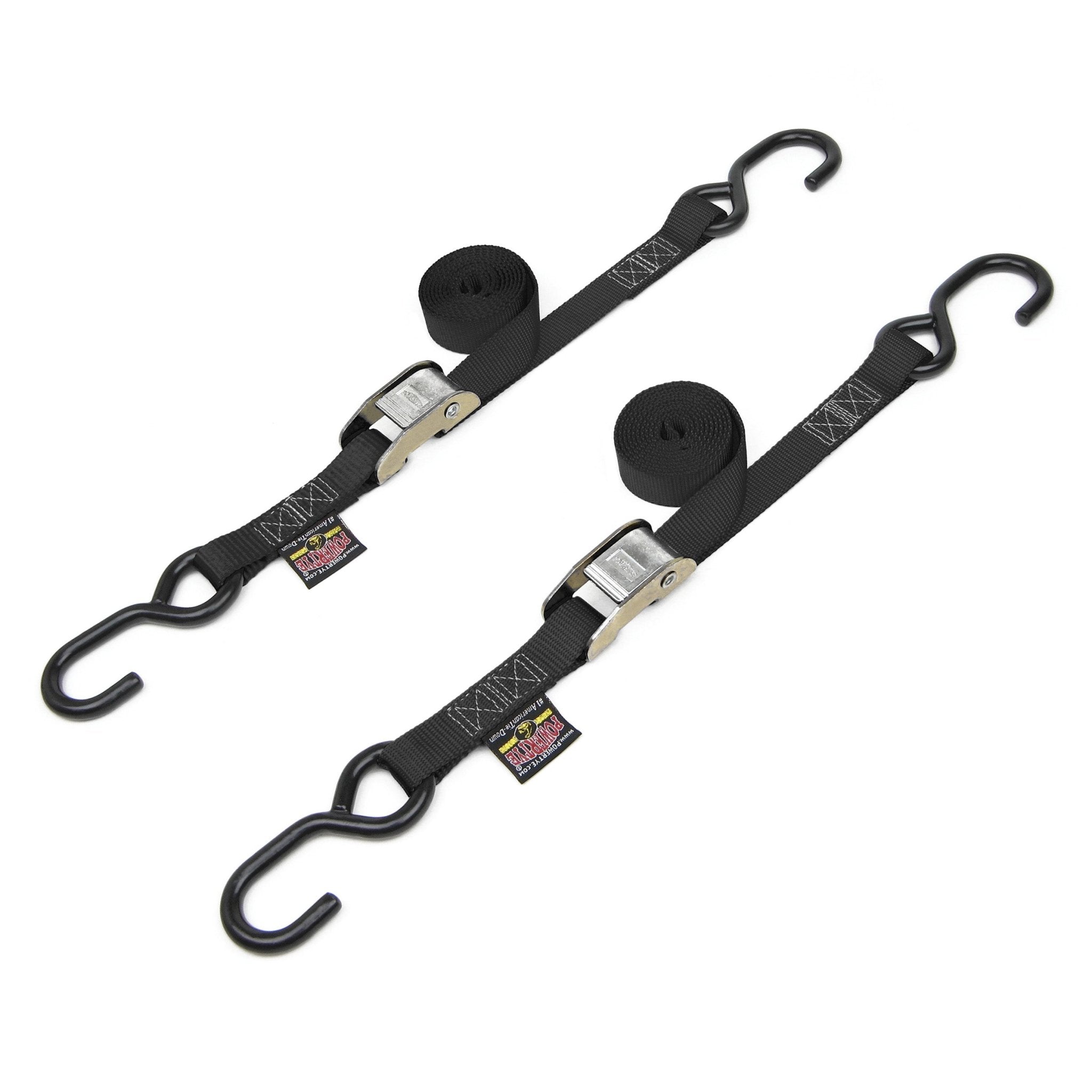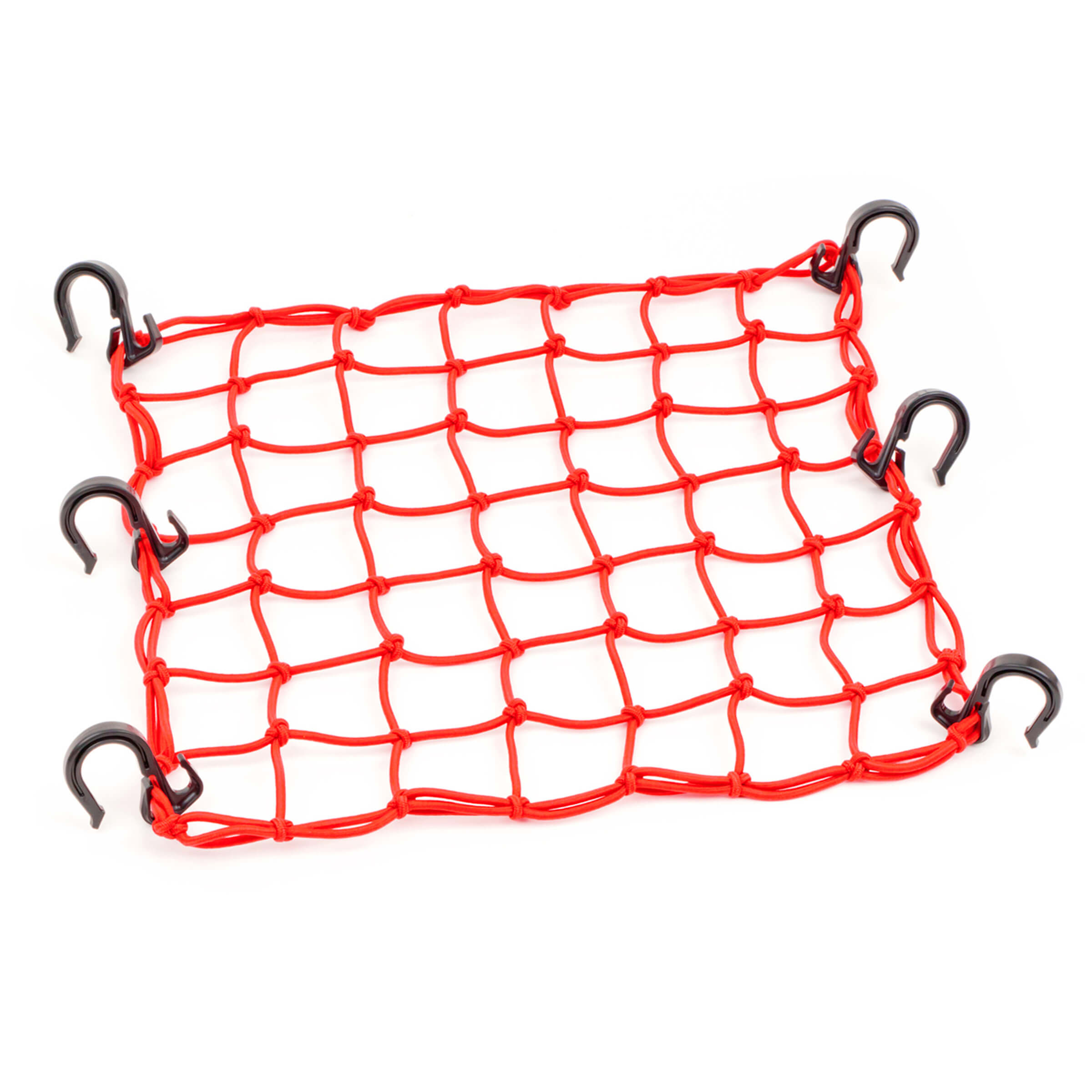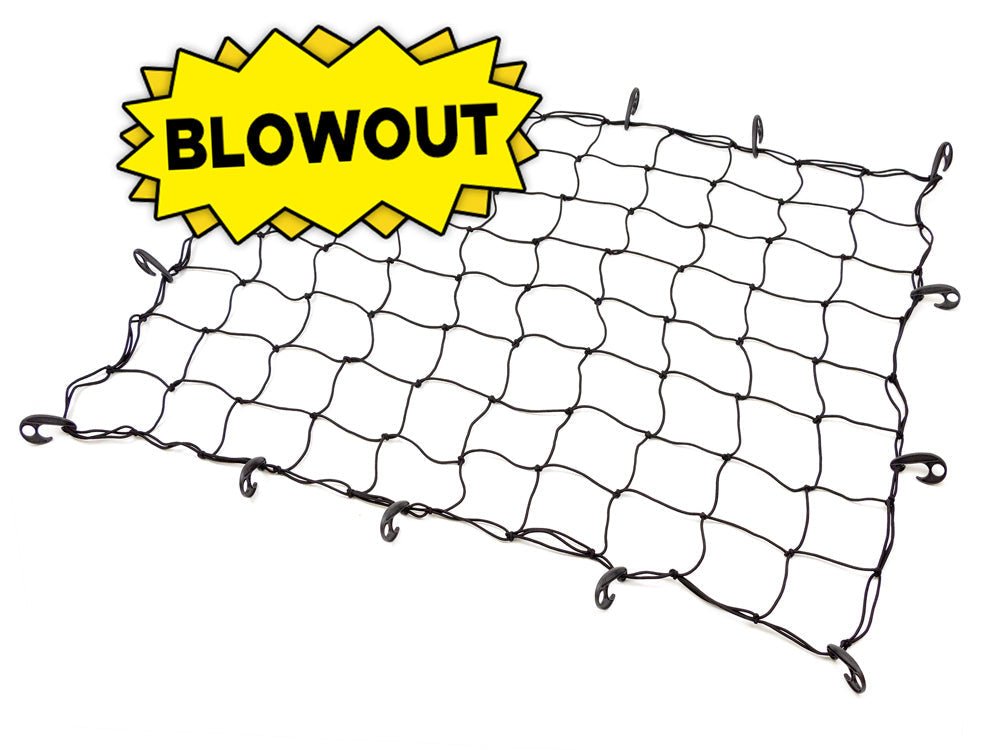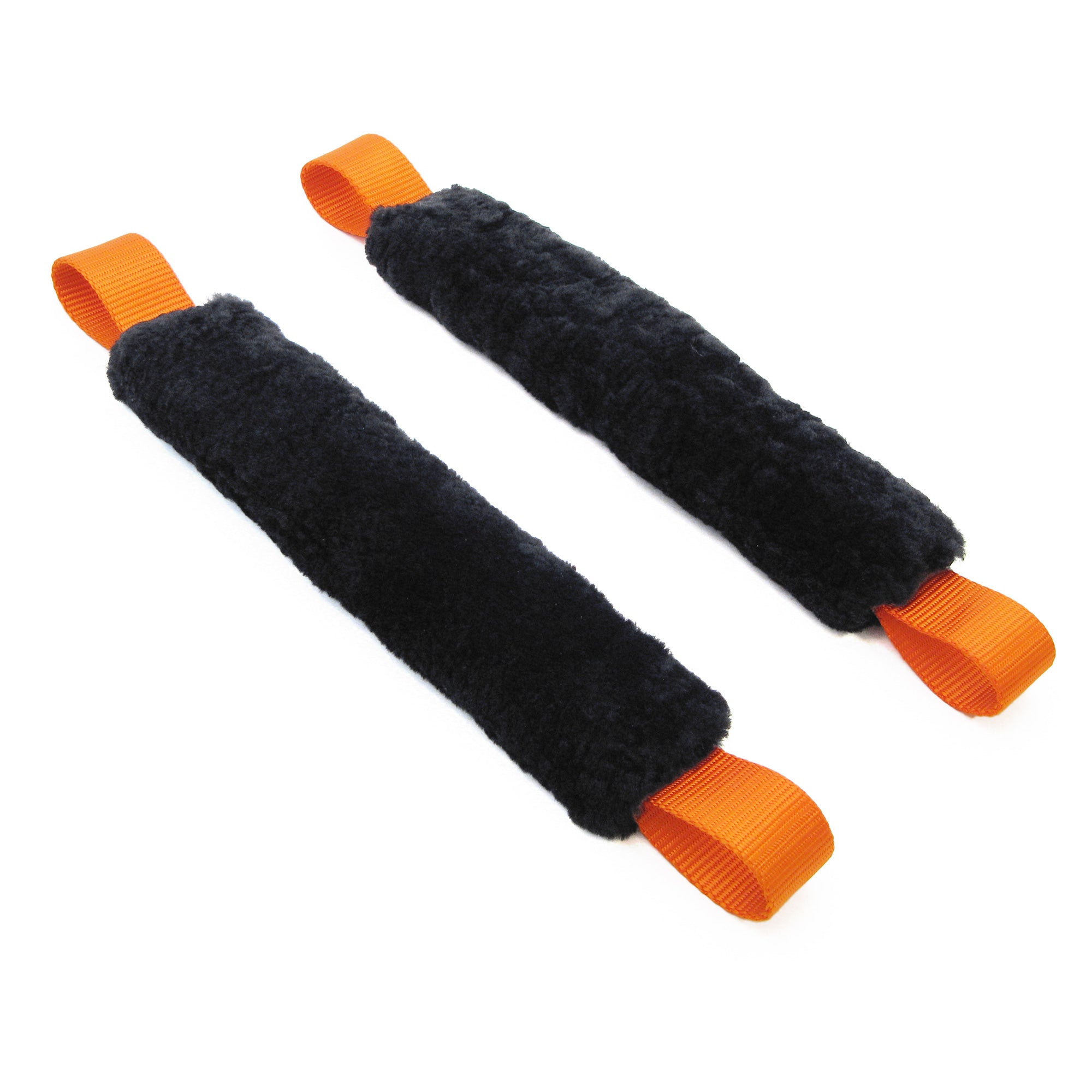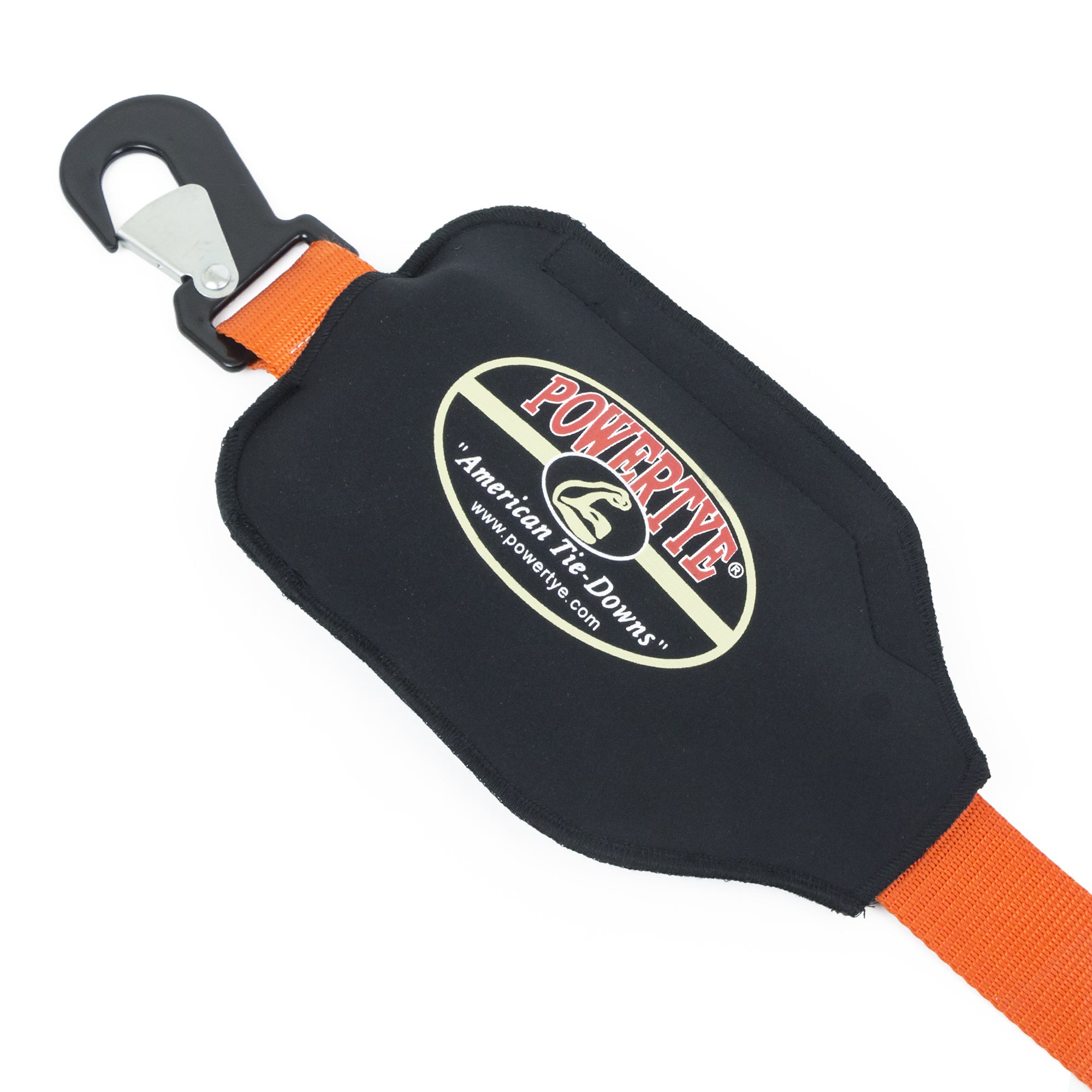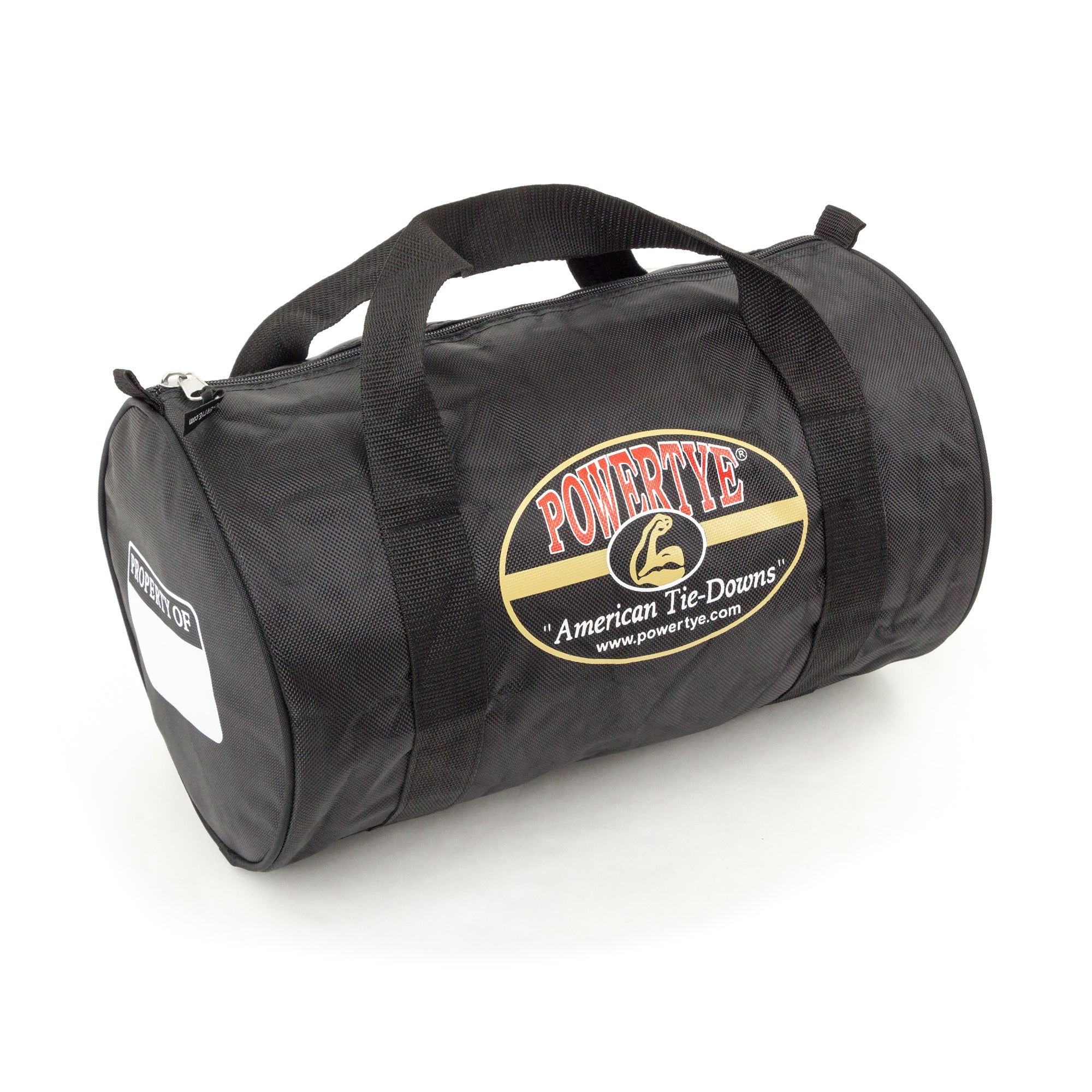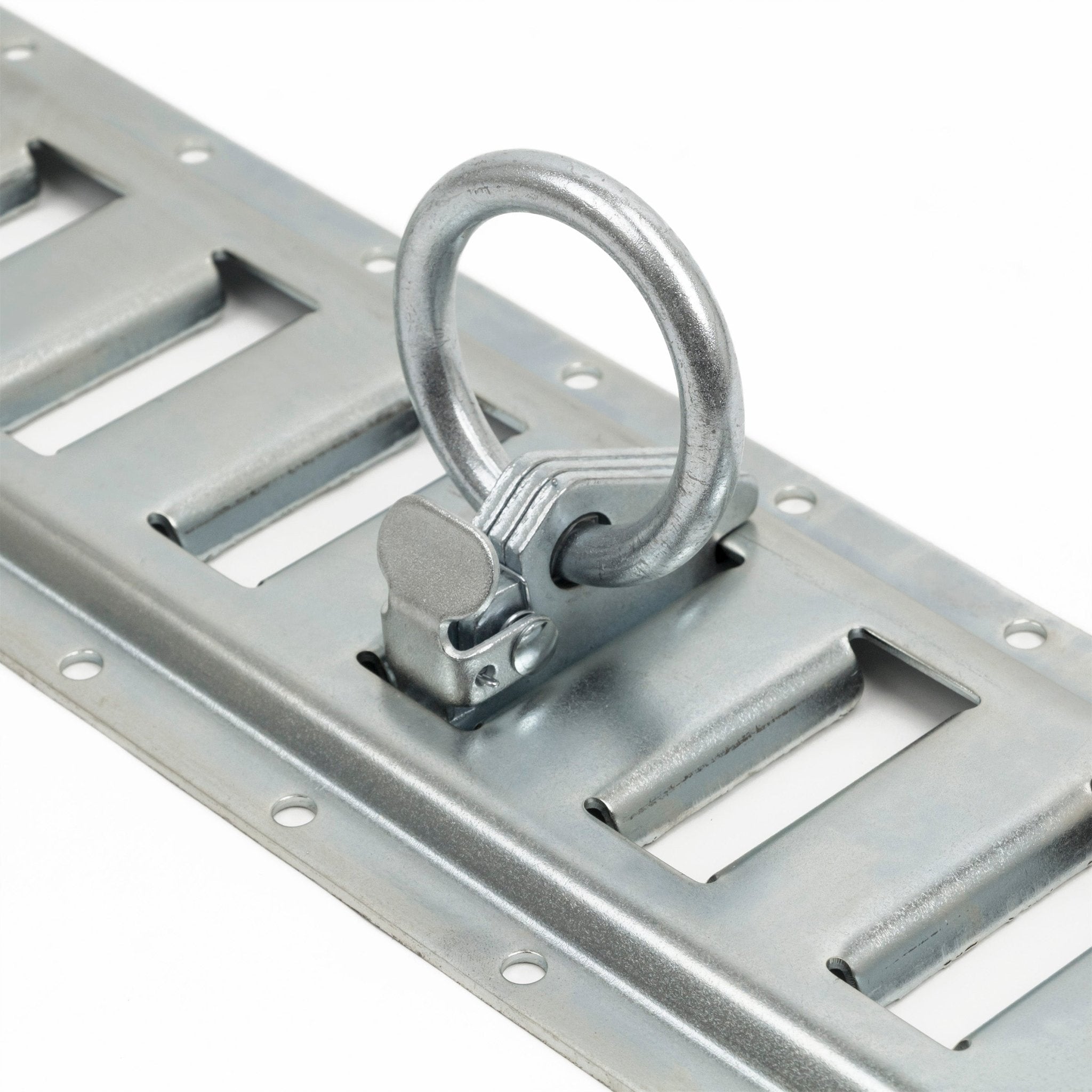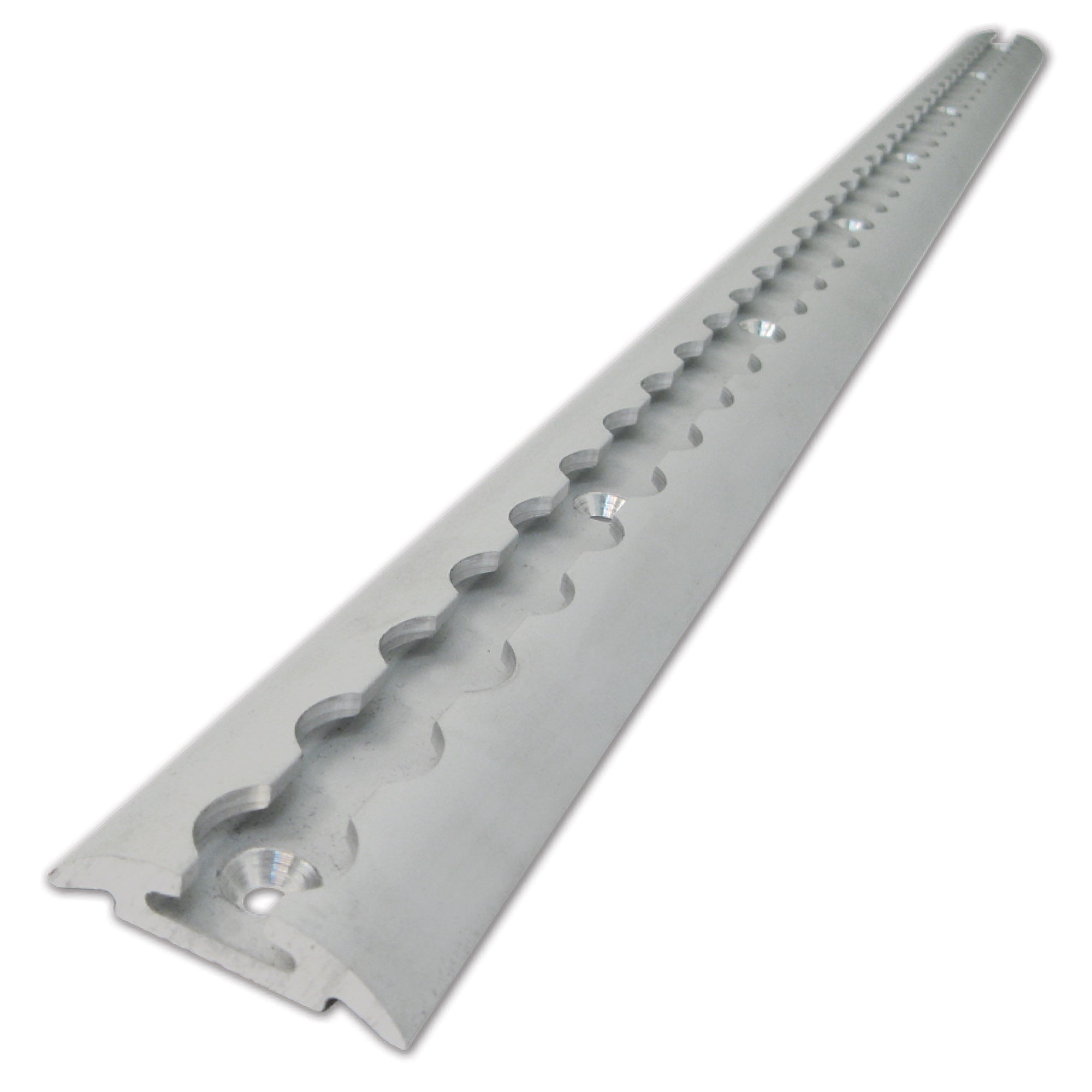Boat Tie-Downs: Everything You Need to Know to Secure Your Watercraft Safely
If you're trailering a boat, one piece of gear can make or break the journey — your boat tie-downs. Whether you're towing a fishing skiff, a bass boat, or a full-size wakeboard rig, how you secure your vessel for transport directly impacts your boat’s safety, your trailer’s stability, and your peace of mind on the road.
In this guide, we’ll walk through everything you need to know about boat tie-downs — from how they work to what makes a high-quality strap, and the exact method for tying your boat down the right way. Whether you're new to trailering or looking to upgrade your gear, this article has you covered.

What Are Boat Tie-Downs?
Boat tie-downs are heavy-duty straps designed to secure your boat to its trailer during transport. These straps absorb road vibrations, hold your boat in place during sudden stops or swerves, and ensure that it doesn’t shift, slide, or bounce while you’re driving.
Unlike general-purpose ratchet straps, marine-grade boat tie-downs are specifically designed to withstand:
- Saltwater exposure
- Sun and UV damage
- Vibration from road travel
- Repeated tightening and release
- Long-term stress without fraying or slipping
A proper boat tie-down system typically includes transom straps, a bow strap, and optionally, gunwale or over-the-boat straps — each playing a different role in keeping your boat stable.
Why Tie-Downs Matter More Than You Think
Transporting a boat isn't like moving furniture or boxes. Boats have unique shapes, delicate finishes, and high centers of gravity that make them challenging to secure. Combine that with bumpy roads, sudden braking, and wind resistance, and the stakes get high quickly.
Without proper tie-downs:
- Your boat can shift, causing trailer imbalance
- Stress can crack fiberglass or damage your hull
- Loose gear can slide inside the boat
- You risk citations or road safety violations
- Worst case — the boat detaches from the trailer
Boat tie-downs are your first line of defense. They don’t just prevent accidents — they protect your investment.
The Anatomy of a Boat Tie-Down System
There are three main components in a full boat tie-down setup. Let’s break them down:
1. Transom Straps
These secure the rear of your boat (the transom) to the trailer. Typically installed at an angle on both sides, transom straps prevent the boat from bouncing or sliding backward.
They’re usually:
- Ratchet-style or cam buckle
- Between 2 to 4 feet long
- Rated for 1,200–2,500 lbs working load
- Attached using S-hooks, J-hooks, or bolt-on brackets
Transom straps are essential. Without them, your boat can jump with every bump.
2. Bow Strap
The bow strap connects the front (bow) eye of the boat to a winch post or trailer hook. It works alongside your winch cable or chain to prevent the boat from surging forward during braking.
This strap:
- Is usually 1–2 inches wide
- May use a ratchet or hook mechanism
- Keeps the bow securely nested in the trailer's roller or stop
Always check that your winch strap is separate from your bow tie-down. The winch is not a substitute for a strap under tension.
3. Gunwale or Over-the-Boat Straps (Optional)
These go across the beam of the boat, securing it downward from port to starboard over the gunwales. They’re used for longer hauls, larger vessels, or added insurance against side-to-side motion.
This type of tie-down may use padded contact points or rubberized hooks to avoid damaging gelcoat or paint.
Types of Boat Tie-Downs
Not all tie-downs are created equal. Here's a look at the different styles commonly used in boating applications:
🟩 Ratchet Straps
These use a mechanical ratcheting mechanism to tighten the strap under heavy tension. Ratchet straps are strong and ideal for heavy boats or high-speed travel. However, overtightening can damage gelcoat or fiberglass.
Use with care, especially around sensitive areas.
🟨 Cam Buckle Straps
Cam buckle straps tighten by hand using a spring-loaded cam mechanism. These are ideal for lighter boats or gear where precision tension is more important than brute force.
They’re faster to install and release, and they reduce the risk of over-tightening.
🟦 Retractable Tie-Downs
Retractable models automatically roll into a housing, eliminating loose strap ends and speeding up load-in/load-out times. These are popular with frequent boaters or people who prioritize convenience.
They’re also easier to store and reduce tangling.
🟧 Bolt-On Tie-Downs
Some marine tie-downs bolt directly into the trailer or transom eyelets and stay semi-permanently mounted. These setups are ideal for single-vessel trailers or frequent haulers.
They reduce setup time and increase reliability.
How to Properly Tie Down a Boat
Here’s the step-by-step process for tying down your boat safely and securely.
1. Position the Boat Correctly on the Trailer
Before strapping anything down, ensure the boat is centered, fully supported by the trailer bunks or rollers, and that the bow is properly aligned against the trailer stop.
This sets the foundation for a secure fit.
2. Attach the Bow Strap
Connect your bow strap from the bow eye to the trailer’s bow stop or winch post. Tighten until snug — the goal is to keep the front from surging forward.
Don’t rely solely on the winch cable here. A dedicated strap provides tension and shock absorption that a static chain or cable can’t.
3. Secure the Transom Straps
Hook the transom tie-downs to both rear eyes of the boat and anchor them to the trailer frame. Pull tension diagonally — ideally at a 30 to 45-degree angle.
If using ratchet straps, avoid over-cranking. If using cam buckles, pull by hand until there’s no slack and the boat feels firmly pressed into the bunks.
4. Check for Movement
Once strapped, grab the gunwale and give the boat a shake. There should be no bouncing, sliding, or lateral wiggle. The entire hull should feel fused to the trailer.
If needed, install a gunwale strap or bow safety chain for extra security.
5. Tidy Up the Excess
Tuck, tie, or Velcro any leftover strap material. Loose ends flapping at highway speeds can fray quickly and lead to premature failure — not to mention distracting drivers behind you.
Best Practices for Tie-Down Safety
- Use marine-grade webbing that resists UV, mold, and saltwater
- Inspect straps before each use for fraying, cuts, or corrosion
- Always stay within the working load limit (WLL) of each strap
- Replace damaged buckles or hooks immediately — don’t risk it
- Use padding or soft-tye extensions on delicate surfaces
- Don’t tie knots in the strap — knots weaken strength and cause wear
- Avoid crossing straps unless needed for side load stability
You should also perform a walkaround every time you stop for gas or rest. Check tension and ensure nothing’s worked loose.
Storage and Maintenance Tips
Boat tie-downs take a beating from water, road grime, salt, and sun. To keep them in top condition:
- Rinse off salt or dirt after each use
- Let straps dry completely before storing
- Coil and hang them indoors or in a dry, shaded storage bin
- Apply light silicone spray to moving parts (never oil-based lubes)
- Keep an extra pair in your truck or boat for emergencies
Well-maintained straps can last several seasons — but inspect them regularly and replace when signs of wear appear.
Use Cases: Where Boat Tie-Downs Really Matter
Here are a few real-world examples where having the right tie-downs can make or break your haul:
🚤 Trailering Across State Lines
Long-haul trips with changing weather, road grades, and terrain put extra stress on your straps. Use a full system of bow, transom, and over-the-boat straps to keep your boat steady over hundreds of miles.
🐟 Quick Trips to the Lake
Even short drives on bumpy roads can loosen poorly secured loads. A quality set of cam buckle transom straps and a bow strap give peace of mind without overkill.
🏝️ Saltwater Boating
Marine environments are brutal on gear. Choose UV- and corrosion-resistant webbing and stainless-steel buckles. Rinse after every trip.
🛥️ Highway Speeds
At 65+ MPH, wind resistance lifts and shifts boats. Proper strap angle and tension, plus backup safety chains, make a huge difference.
Why Choose PowerTye Boat Tie-Downs?
PowerTye has been designing premium tie-down solutions for over three decades. Our boat tie-downs are built with:
- Heavy-duty cam buckle and ratchet mechanisms
- Marine-grade webbing that resists salt, sun, and abrasion
- Soft-Tye options to protect gelcoat and polished finishes
- Reliable hardware including coated hooks and secure fasteners
- Made-in-USA quality control to keep your gear secure, trip after trip
Whether you're towing a jon boat, ski boat, or cruiser, PowerTye offers the control and reliability you need on the road.

Final Thoughts
When it comes to transporting your boat, your trailer matters — but your tie-downs are what keep the whole operation safe. Investing in the right boat tie-downs means fewer headaches, fewer scratches, and less risk for you, your gear, and your fellow drivers.
The key takeaways:
- Use a complete tie-down system: bow, transom, and optional gunwale
- Choose straps rated for marine use and your boat’s weight
- Check tension, angles, and strap condition before every trip
- Keep spare straps and replacements handy
- Maintain your equipment like you maintain your boat
The right boat tie-downs don’t just hold your vessel — they protect your investment, your trailer, and your safety.
